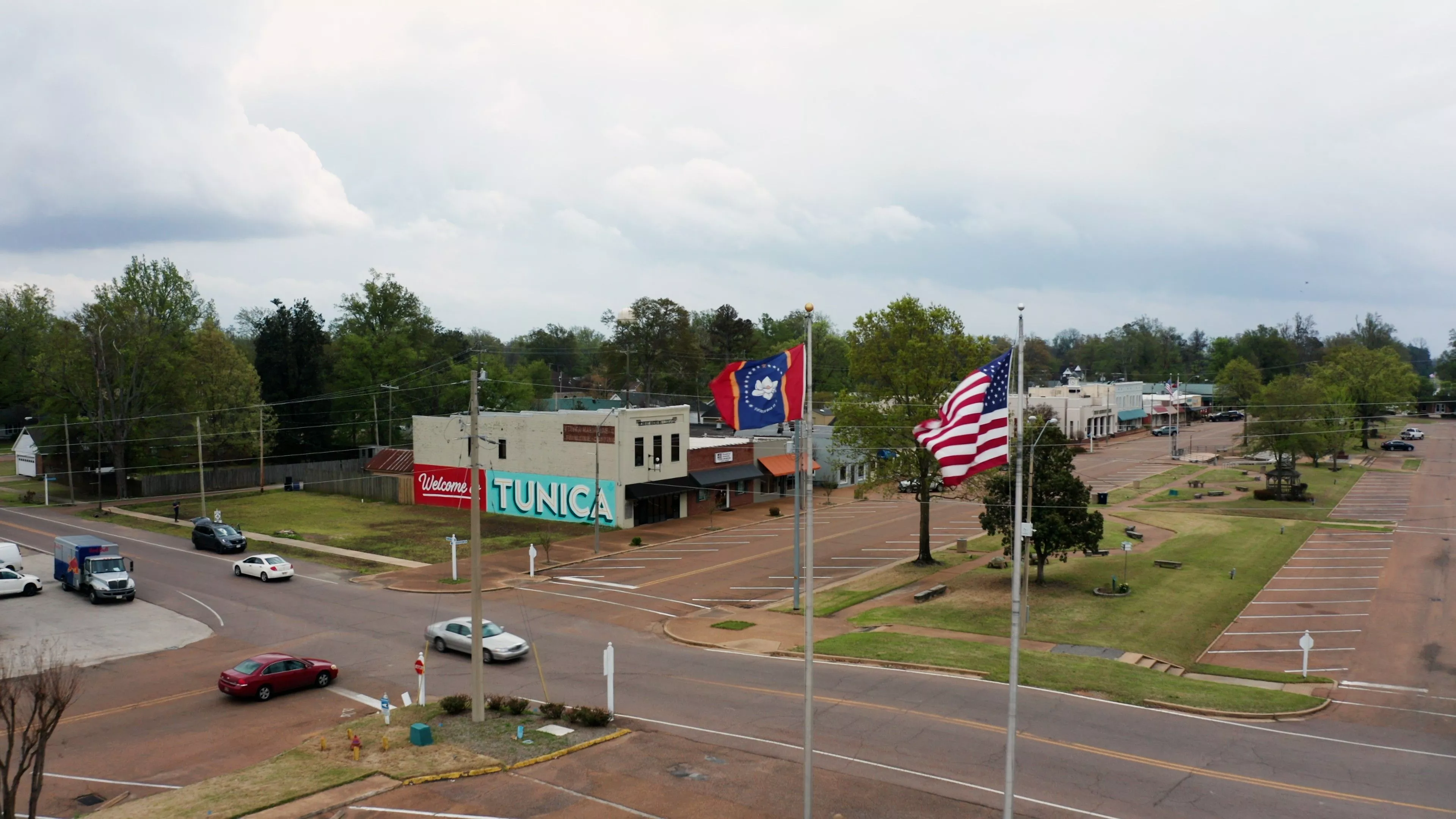Project overview
Project timeline
-
Construction 2023-2024
-
Operations April 2024
AES’ Delta wind farm under construction in June 2023
Delta Wind ribbon cutting ceremony
Economic and environmental benefits
We believe in being good neighbor, ensuring responsible clean energy development that benefits both the environment and local communities without burdening existing infrastructure.
Clean energy benefits local communities
- Long-term tax revenue to counties, towns and school districts
- Job creation during construction and operation
- Landowner income diversification, keeping land in the family
- Local economic stimulus during construction
- Affordable, reliable, locally produced clean energy
- Improved air quality and reduced CO2 emissions
- Social impact funding to area community organizations and non-profits
- Non-permanent development and low-impact construction that ensures land can be sensitively restored to pre-project conditions at the end of the project’s life
Best practices in responsible and sustainable development
At AES, safety is our highest priority, and we’ve focused on improving lives for more than 40 years. As a leading innovator in energy solutions, sustainability is core to both our strategy and our culture. We are committed to responsible land use and incorporating sustainable best practices into the entire project lifecycle, contributing to building a domestic circular renewables economy and reducing foreign dependence
Environmental and technical studies
We conduct a series of studies that ensure our projects are thoughtfully and responsibly designed. AES designed the project to comply with the Tunica County Zoning Ordinance, and to adhere to the US Fish and Wildlife Service’s wind energy wildlife guidelines to identify, avoid, minimize and compensate for any potential adverse impacts to wildlife resources thought to be at risk from energy development.
Partnering with communities for the future of energy
Additional documentation
Learn more about Delta Wind
Contact us
We want to hear from you! We appreciate your interest in AES’ Delta wind project.
Email: msstakeholderrelations@aes.com


